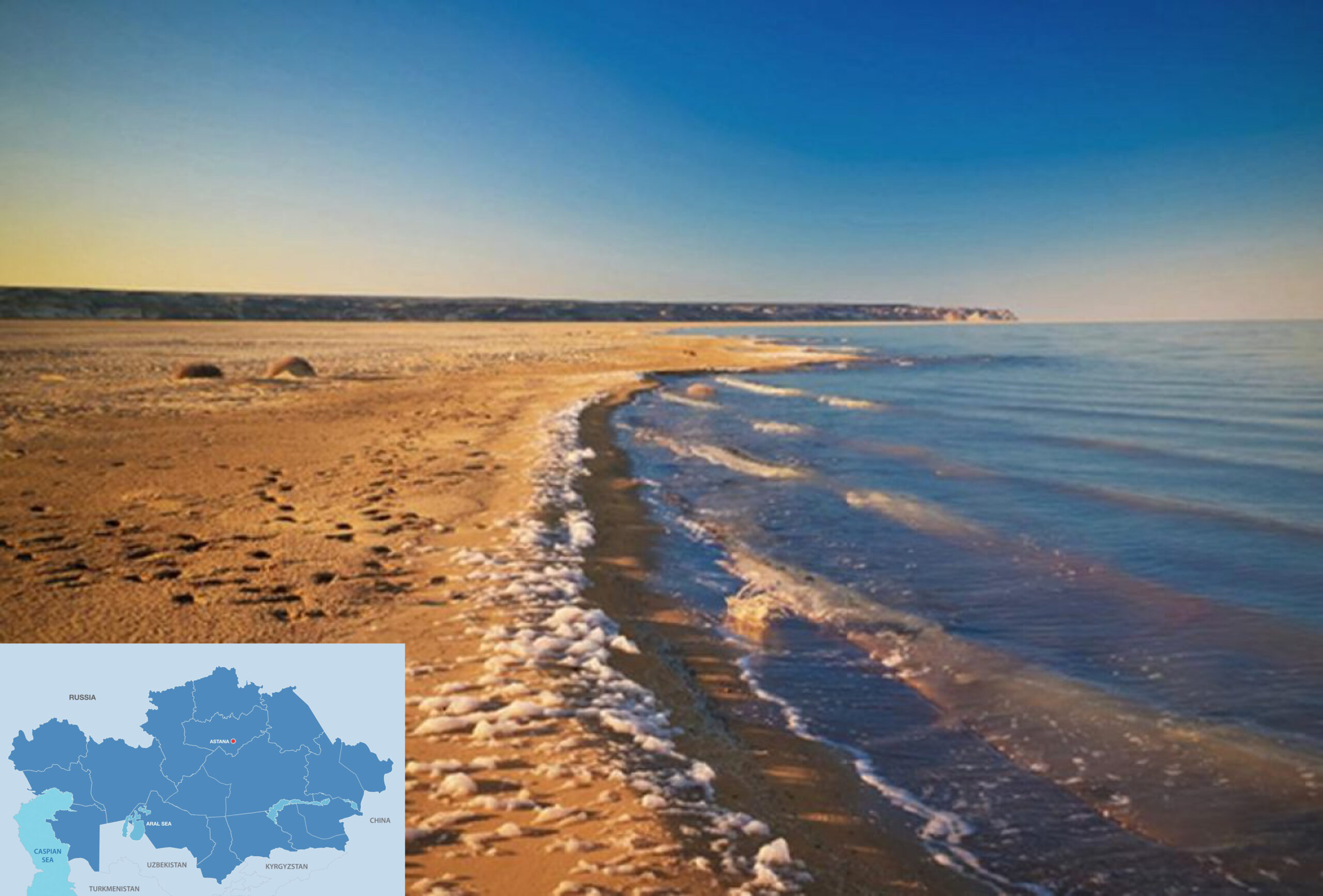Miracle in the Desert: Aral Sea's Stunning Comeback Sparks Hope for Ecological Rebirth

Aral Sea: A Remarkable Turnaround of Hope and Restoration
In a stunning environmental comeback, the Aral Sea is experiencing an unprecedented revival, marked by record water inflows and innovative greening initiatives that are breathing new life into a once-devastated landscape. What was once considered one of the world's most catastrophic ecological disasters is now showing remarkable signs of recovery and resilience.
Recent hydrological data reveals extraordinary water volume increases, signaling a potential turning point for this historically shrinking inland sea. The dramatic influx of water is not just a statistical anomaly, but a testament to coordinated regional efforts and strategic water management strategies implemented by Kazakhstan and Uzbekistan.
Local environmental experts are particularly excited about the emerging green zones surrounding the sea's shoreline. Carefully planned reforestation projects and sustainable agricultural techniques are transforming previously barren salt-crusted lands into vibrant ecosystems. These green corridors are not only restoring biodiversity but also creating economic opportunities for local communities.
The restoration efforts extend beyond environmental rehabilitation. Local economies are experiencing a renaissance, with renewed fishing industries, improved agricultural productivity, and emerging eco-tourism potential. Communities that once faced economic devastation are now witnessing a gradual but significant economic revitalization.
While challenges remain, the Aral Sea's recovery represents a powerful narrative of environmental resilience and human determination. It stands as a compelling example of how strategic intervention and collaborative efforts can reverse seemingly irreversible ecological damage.
As global climate challenges intensify, the Aral Sea's transformation offers a beacon of hope and a blueprint for environmental restoration worldwide.

